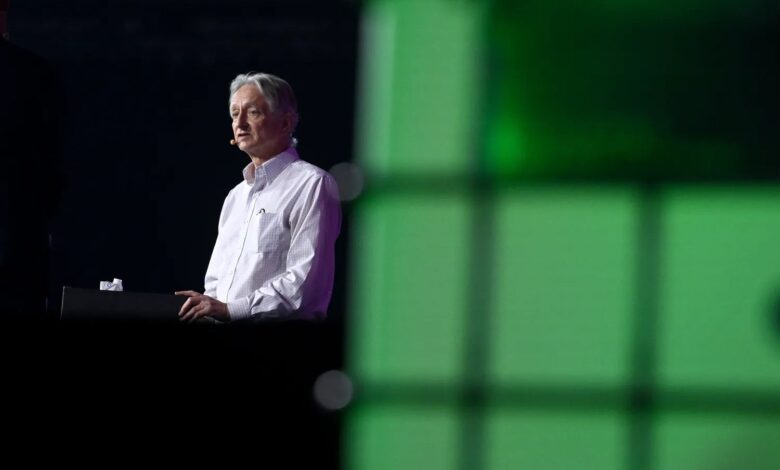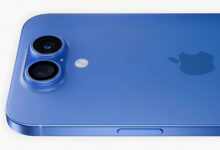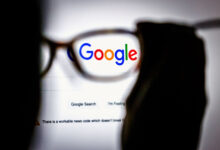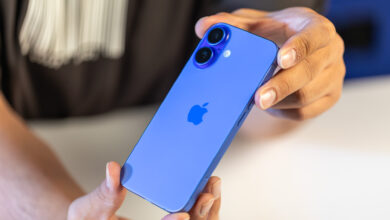
Jeffrey HintonHonorary Professor of the University of Toronto and John Hopfielda Princeton University professor, won the Nobel Prize in Physics for laying the foundations of today’s machine learning.
The Nobel Committee at the Royal Swedish Academy of Sciences announced that the discoveries and inventions of Hinton and Hopfield provided the basis for many recent advances in artificial intelligence. Since the 1980s, the works of these two scientists have laid the groundwork for the creation of artificial neural networks and computer architecture, which is roughly inspired by the structure of the human brain.
By mimicking the way the brain communicates, neural networks allow AI tools to virtually learn “by example.” Developers can train these types of networks to recognize complex patterns by feeding the neural network data. This structure is the basis of some important applications of artificial intelligence today, including text creation and image recognition.
Surprised by the Nobel Prize, Hinton said in a statement: “I did not expect this award at all. I am very surprised and honored to receive such an honor.”
“Part of me now regrets my life’s work,” Hinton, known as the “godfather of artificial intelligence,” told The New York Times last year. He left Google in 2023 to draw attention to the potential dangers of artificial intelligence technology, which he has been instrumental in bringing about. “It’s hard to find a way to prevent this technology from being misused for malicious purposes,” Hinton said in the interview.
In 2013, Google bought Hinton Neural Networks; The company he founded with his two students. One of these students Ilya Sotskur Budh, who later worked as a senior scientist at OpenAI, left the company this year.
The Nobel committee recognized Hinton for the development of the Boltzmann machine. The machine is trained with statistical physics tools and can use the patterns it has been trained on to classify images or create new examples. Hinton’s work builds on this foundation and has accelerated the development of machine learning.
Hinton’s work was based on the Hopfield network developed by his colleague John Hopfield. Hopfield is a type of artificial neural network that can reconstruct patterns. This network uses physics that describes the properties of matter based on the rotation of its atoms; A property that turns every atom into a small magnet. When receiving an incomplete or distorted image, this network updates the values of the nodes and reduces the energy of the network. The aforementioned network moves step by step to find the stored image that is most similar to the incomplete image.
Hinton continues to voice his concerns about artificial intelligence. He says: “We have no experience of the existence of beings smarter than ourselves. In many ways this would be wonderful; But we should also be concerned about possible negative consequences; Especially the threat caused by the uncontrollability of this technology.”









